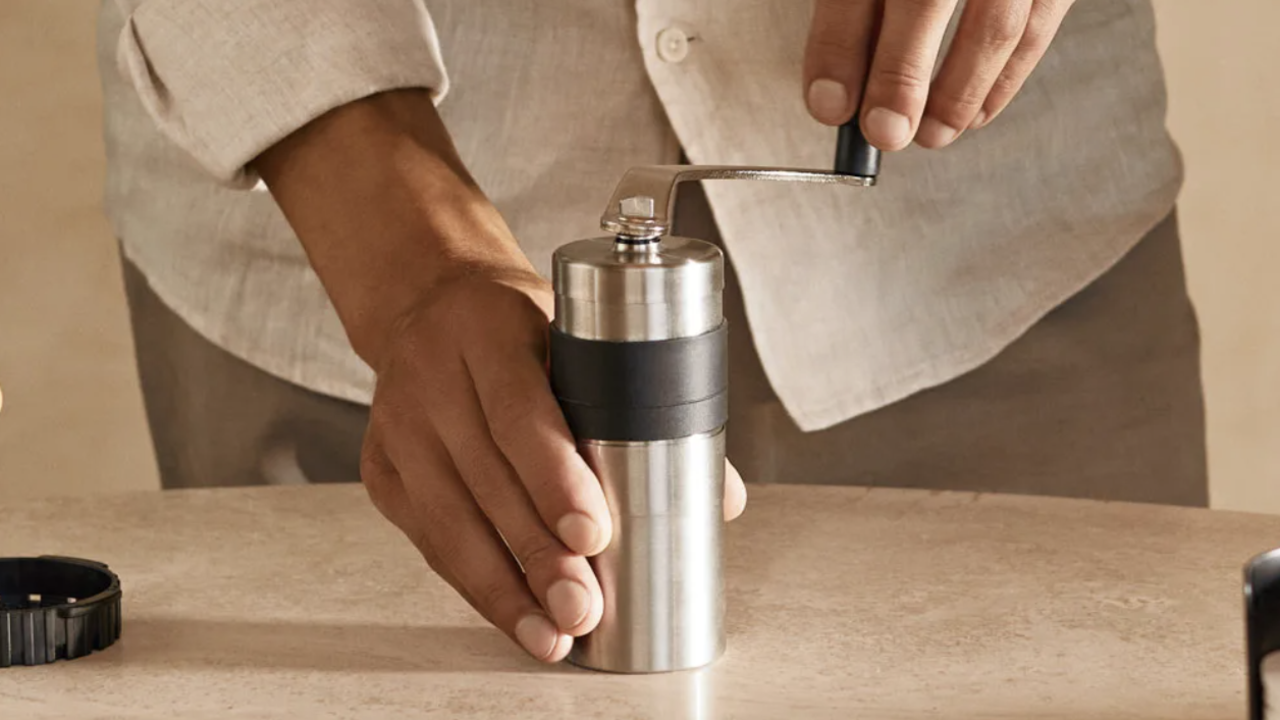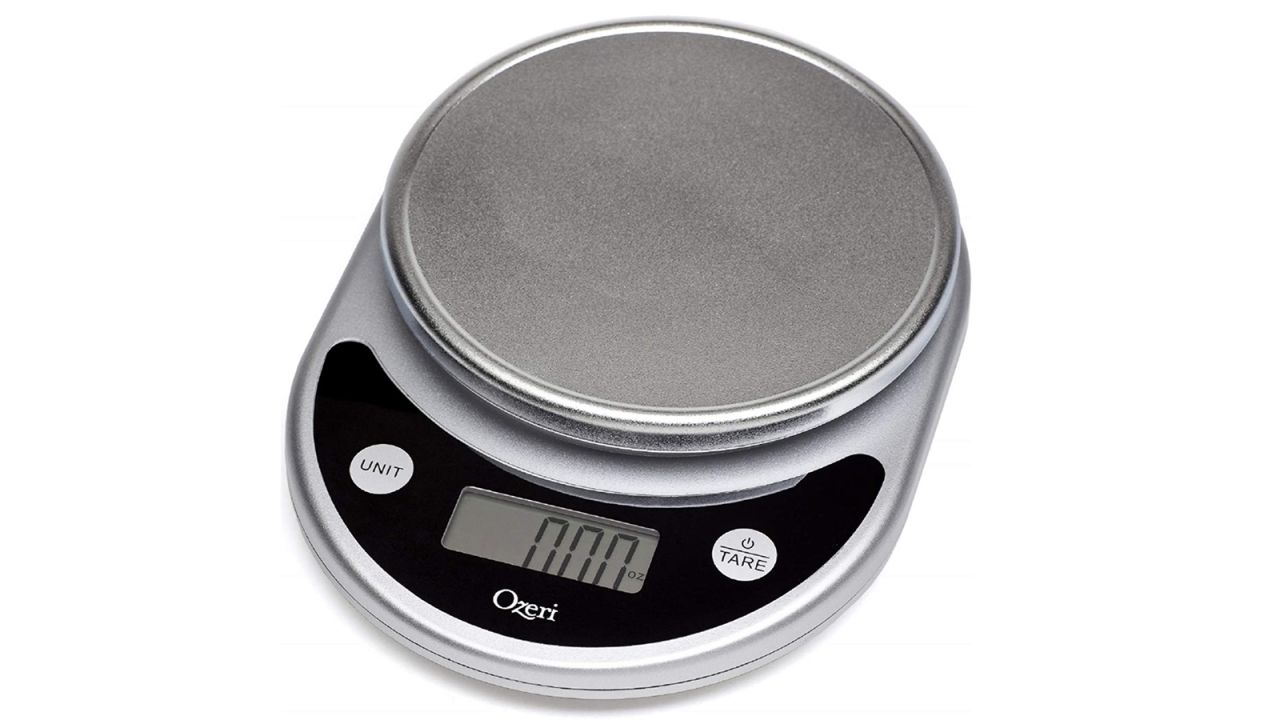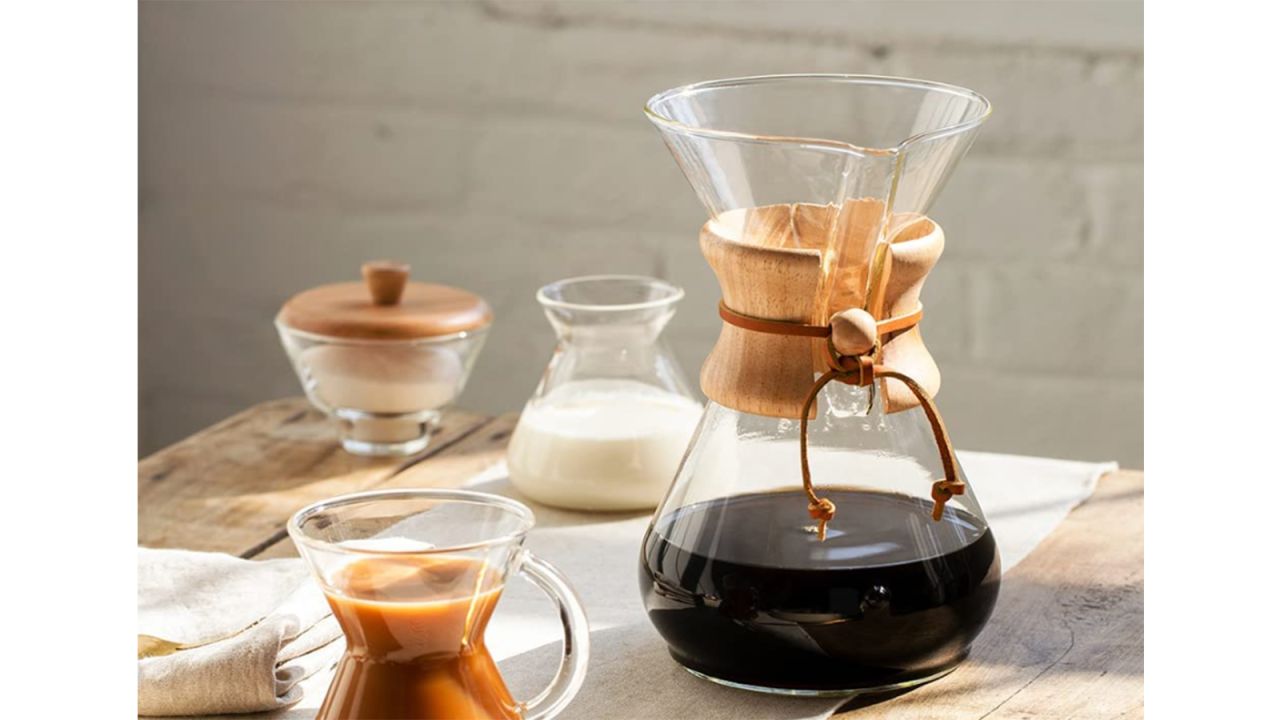For many people, an essential morning habit is brewing some coffee. While some bleary-eyed individuals haphazardly throw some spoonfuls of grounds into a filter basket, add water from the sink and press a button, others painstakingly weigh their grounds and monitor their water temperature to extract the perfect cup.
If you’re looking to branch out your coffee habits, trying trendier methods like cold brew or whipped coffee or you’re looking to get back to the basics and master the home brew, you’re in luck. We asked baristas and coffee experts how to brew the best coffee at home. From grinders to a coffee scale, here are their best tools and tips.
How to grind coffee
Before you start actually brewing your coffee, you’ll have to do some prep work in order to get the best brew possible. And it all starts with getting and grinding up your favorite coffee beans.
A rule every home coffee brewer should know, according to Sam Spillman of Dillanos Coffee Roasters near Seattle, the 2019 Barista winner of the U.S. Coffee Championships: Buy your coffee whole bean and grind it fresh before each brew. “Coffee loses so much of its flavor, potentially minutes after it is ground,” she says. “Your cup quality will be so much better with freshly ground coffee.”
Spillman advises investing in a burr grinder, which will give you a more consistent grind size, that leads to a consistent extraction once you start adding in water.
Jessica Easto, coffee expert and author of “Craft Coffee: A Manual,” notes that size of your grounds affects the quality of your cup and that different devices require different grind sizes. “There is no one-size-fits-all approach to all brewing methods,” she says. “That’s why preground coffee from the store is hard to work with; it’s unlikely that the size of the grounds is appropriate for what you’re using at home, even if you’re using an automatic machine.”
A burr grinder will give you a more consistent grind than the blade grinder you may already have in your kitchen, which is better for grinding spices. “Blade grinders tend to pulverize some beans into a powder while leaving some giant pieces,” Easto says. “Just like different-size vegetables in the same pan cook unevenly, different-size coffee grounds extract unevenly.”
But does the grind really effect the taste of the coffee or just the strength of the brew? According to Dylan Siemens, a past winner of the Brewers Cup at the U.S. Coffee Championships and head of education for Arkansas-based Onyx Coffee Lab. “If the grind size is too coarse, expect the brew to go quickly and taste sour,” he says. “If grind size is too fine, the cup will take forever to drain through and the cup will be flat and drying.”
Exeperts and Underscored editors love this Baratza Virtuoso electric burr grinder as an addition to your home coffee setup. With 40 settings for grind size, from super fine (espresso) to super coarse (French press), you'll get a consistent grind every time.
In general, a coarse or medium grind is best for a French press or pour-over brew, a fine grind works for espresso, and if you prefer your coffee cowboy style, opt for an extra coarse grind. Experiment until you find your perfect flavor. Lots of modern grinders, like this Bodum one even have predetermined settings to help you get the right grind for your chosen brewing method.
if you don’t want to invest in a burr grinder, Easto recommends buying your coffee from a local shop and asking them to grind it for you. “If you tell them what you are brewing on, they should be able to set you up,” she says. You can also try out this small, handheld grinder, which is our pick for best hand grinder.
How to prepare water for coffee
Water is up to 99% of your coffee, depending on your method of extraction, so using good water is fundamental,” says Giorgio Milos, master barista at Italy-based coffee company Illy. “Tap is okay if it tastes good and is free of chlorine, filtered is better unless it’s soft in minerals. Spring water is best unless it is hard in minerals and tastes slightly salted.”
Using filtered water, like the kind that comes from a pitcher like this Brita, will give you better tasting coffee since it helps keep out small particles and materials in tap water that might alter the brew's final flavors.
Another important detail when it comes to water? Getting it hot enough. “You want to brew with water between 195 to 205 degrees F,” Siemens advises. “I recommend boiling the water and letting it stand for one minute. That should put the water in the perfect spot for brewing.” If you want exact temperature control, pick up a instant read thermometer like this one from KT Thermo.
How to weigh coffee
Spillman believes the biggest mistake people make when brewing coffee at home is not using a scale. “A scale will give you the most accurate read of how much coffee and water you are using when making your coffee,” she says. “It’s the same with baking. If you were to measure flour by volume vs. weight it would be different every time.”
A scale also allows you more quality control over your cup, making it quicker to diagnose what might be off about a certain brew and nail down your favorite recipes. “Using a scale allows you to create — and recreate! — the same delicious coffee over and over again,” says Allie Caran, director of education at Brooklyn-based roaster Partners Coffee.
We love this reliable kitchen scale, from Ozeri which can handle measuring for your coffee, baking or other cooking needs.
You can also pick up a coffee specific scale, like this one from Oxo that also includes a built-in timer to help you from under or over brewing your cup.
How to brew coffee
So, what sort of coffee machine works best at home? The experts say to go with what you love, but all make a case for giving more manual options a try.
For those who want connivence, an automatic drip or single serve coffee maker is a great bet. Looking to looking to try a more hands-on method? Experiement with pour-overs, cold brew, french presses and moka pots. And if your really going bare bones, you can even brew coffee with a stovetop pot.
“The best method is whatever makes you feel the most comfortable when you are brewing at home,” says Spillman. “Have fun with it — making coffee should be fun!”
For pour-over brews, Caran prefers ceramic drippers like this V60 Hario one, since they allow for heat retention while brewing. Heat can escape a plastic brewer more quickly. "For long-term wear and tear, ceramic brewers are nonporous and won’t stain as quickly as plastics." says Curran.
Easto touts the Melitta cone dripper as a great starter device, and argues that “any manual brewing device, whether it’s a French press or a pour-over dripper, will make superior coffee to a standard automatic machine. If you boil water in the kettle you have laying around and dump it over whatever beans you have, I guarantee it will taste better than if you used those same beans in a standard automatic coffee maker.”
Siemens says he can’t live without his Kalita Wave. “I love brewing on the Kalita,” he says. “It produces a balanced experience between acidity, sweetness and body. I can brew smaller or larger amounts, and it just tends to always work well.” For what it's worth, our Underscored editors love the Kalita Wave for pour-overs too.
If you prefer rich coffee with a robust mouthfeel, Easto recommend a French press, since its built-in metal filter allows oils and some sediment through but keeps out larger grounds. This elegant Bodum 8-cup press is her go to for French press brewing.
“Every coffee-lover should have a Chemex,” says Milos. “It’s elegant to have on the counter or shelf, and makes a stellar coffee if used properly.” Intimidated by a Chemex? Don’t be. Just be wary that the bigger the hole is on a dripper, the more elegant pouring skills you’ll need.
Always wanted to try a cold brew at home? This Hario Mizudashi cold brew maker is our best tested pick for its sleek and simple design. It's also perfect for keeping in your fridge until you're ready for your next cup.
Though many professional coffee experts like more manual brew methods, there’s something to be said for an automated approach. “Automatic drip machines are easy to prepare and quick to deliver, which is great on days when time just isn’t on your side,” says Caran. This Braun BrewSense is our top pick for best automatic drip coffee makers.
“Making coffee at home without a coffee maker is easy if you have a way to separate the ground coffee from the liquid: a type of mesh, cloth, paper, metal, etc.,” says Illy’s Milos. You simply steep the ground coffee in hot — not boiling — water for no more than four minutes, then filter it. Use the same grind as you would for a French press."
Commonly known as “stovetop espresso,” the moka pot creates a concentrated beverage similar to espresso, Caran explains: “a dense, big-bodied cup of coffee that tastes best with chocolate-forward coffees.”
Tools for making coffee
Espresso-drinkers, take note: Spillman’s favorite coffee tool is her push tamper, a small tool used to pack down loose grounds into a compact puck or cake, which results in more uniform brews, and, she says, creates more consistent-tasting espresso.
A simple coffee tool, this Aerolatte milk frother will help elevate your daily coffees without taking up space in your cabinets or on your counter.
If you take your coffee topped with steamed milk, pay attention to the temperature. Milk that's too hot, will have protein breakdowns, affecting the milk’s texture. “When you are steaming, it is important to start by introducing air by slowly bringing the tip of the steam wand out of the milk. The second half of steaming, you want to submerge the top of the steam wand just below the surface of the milk, so it can push and blend the bubbles into the rest of the milk.” This frother has temperture controls perfect for warming milk or making foam for hot and iced lattes.
Note: The prices above reflect the retailers’ listed price at the time of publication.







































